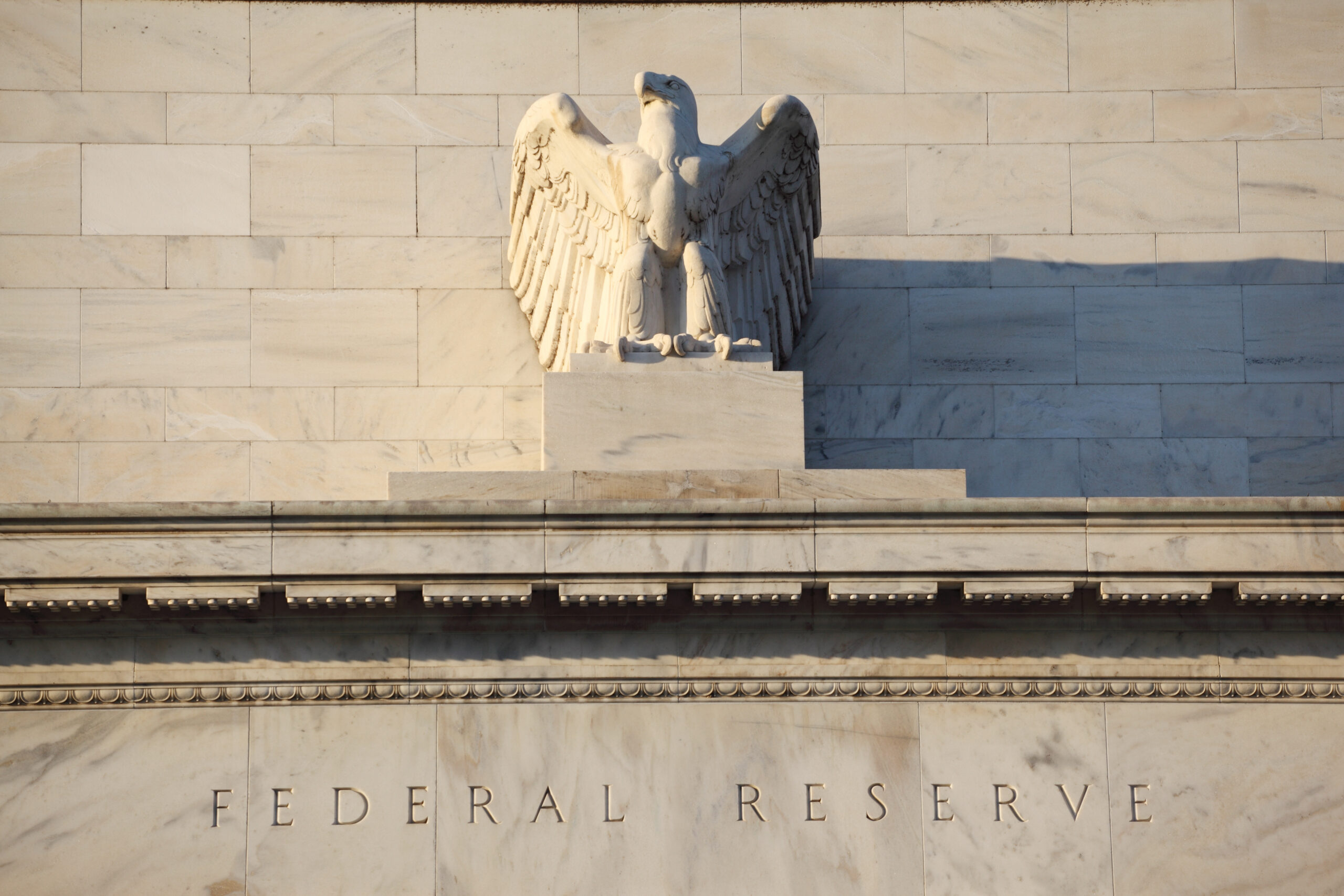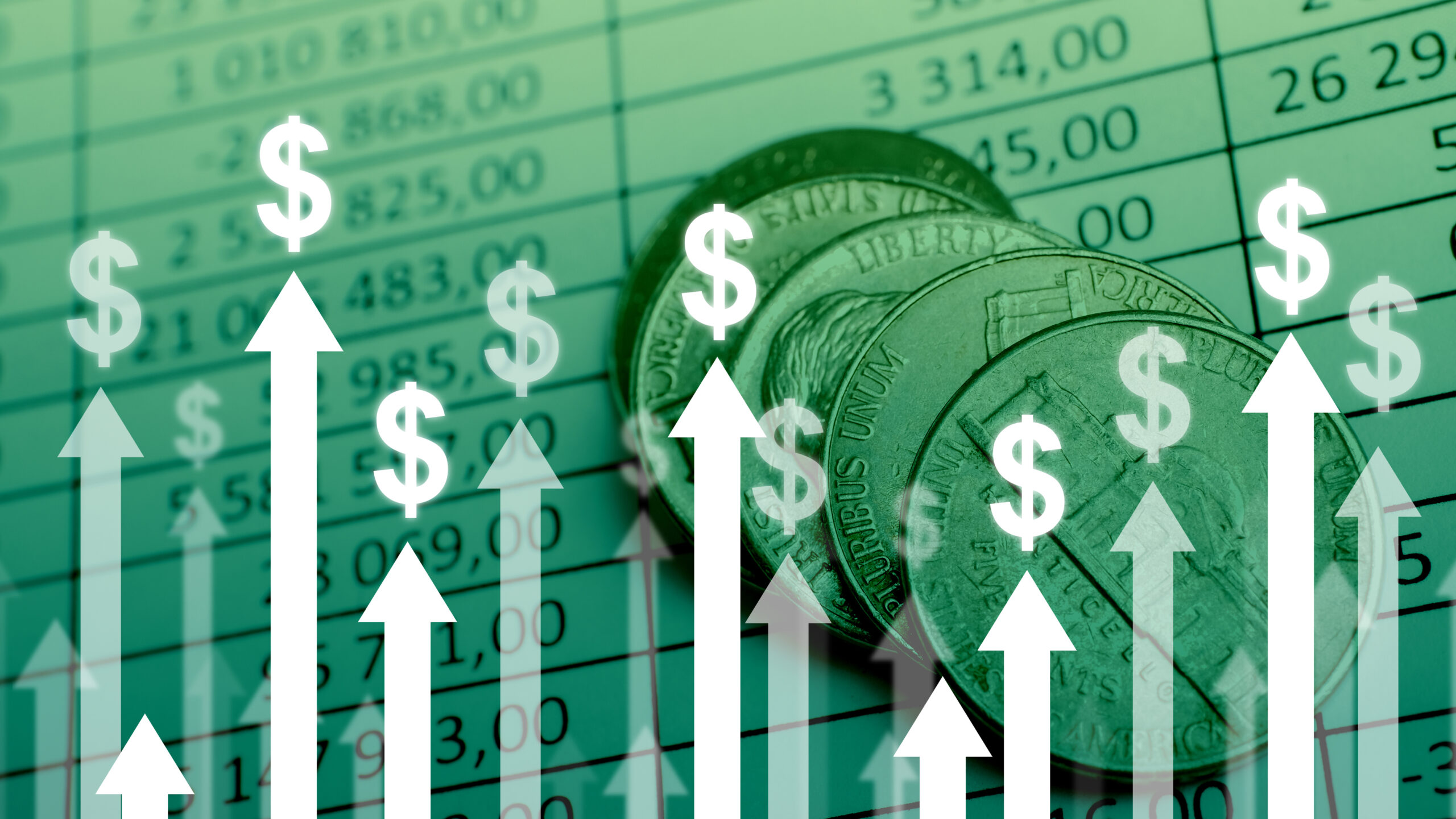Today, in his highly anticipated speech at the annual Jackson Hole Economic Symposium, Federal Reserve Chair Jerome Powell signaled a potential shift in monetary policy, indicating that a key interest rate cut may be warranted in the coming months. This marks a more direct sign of a possible rate reduction than he has made in previous comments. Powell’s remarks centered on the current “challenging situation” facing the U.S. economy, characterized by a mix of upside risks to inflation and downside risks to employment. On one hand, he noted that the labor market has shown signs of a slowdown, with job growth being weaker than previously thought, a development that could warrant a rate cut to support employment. On the other hand, he acknowledged that inflation risks persist. He pointed specifically to the impact of higher tariffs, which are already beginning to push up prices in some categories of goods. He described this as a “one-time shift in the price level,” but one that still needs to be assessed carefully.
The Fed Chair emphasized the central bank’s commitment to its dual mandate of fostering maximum employment and stable prices. He stated that the “shifting balance of risks” may necessitate an adjustment to the current restrictive policy stance. While he did not give a specific timeline for a rate cut, his comments suggest that the Fed will continue to evaluate incoming data on jobs and inflation, with the next Federal Open Market Committee (FOMC) meeting in September being a key point of consideration. The market has been pricing in a strong possibility of a September rate cut, and Powell’s speech largely reinforced those expectations.
Market Reaction to the Speech

The market’s reaction has been overwhelmingly positive. U.S. stock futures, which had already been pointing to a positive open, surged. This translated into a significant rally at the start of trading. The Dow Jones Industrial Average jumped by over 800 points, reaching a fresh intraday high. The S&P 500 and the Nasdaq also rallied, climbing more than 1%. This strong performance marked a sharp turnaround after the S&P 500 had experienced a five-day losing streak coming into today’s session.
The rally demonstrated the market’s strong appetite for a looser monetary policy, which could lower borrowing costs and provide a boost to investment prices. The positive sentiment was also reflected in other assets, with Bitcoin jumping to a new high, and the yield on the 10-year Treasury falling

